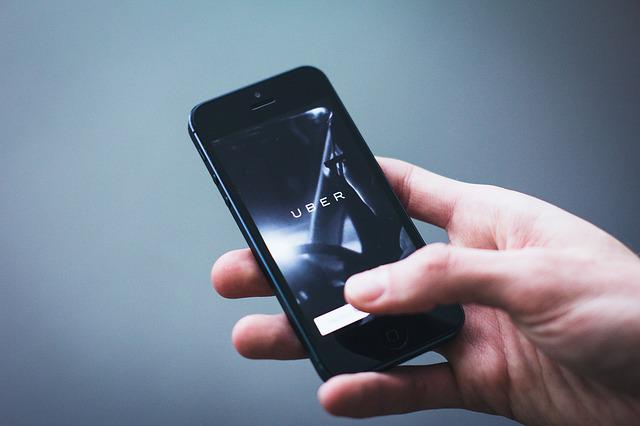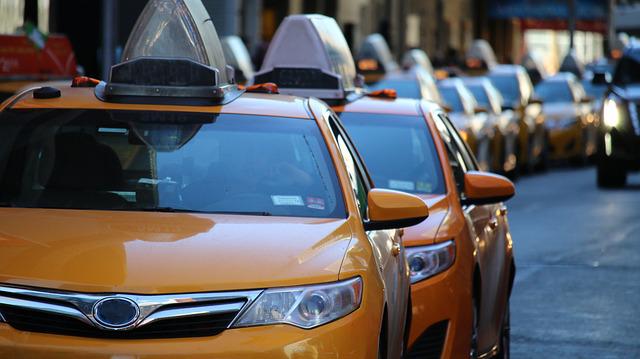
Fashion Fair, the beloved cosmetics company, went bankrupt in 2018. But in June 2022, the firm, which Pulitzer prize winner Lynn Nottage said “represented Black beauty, it represented sophistication, and it was the first makeup that I ever tried on in the mirror,” was resurrected. This is part of a current economic trend in which Black businesswomen opt to revive a legacy brand rather than start a new company from scratch. In some instances, Black entrepreneurs are launching companies based on known white-owned firms that unfairly used images of Black people as part of their branding and merchandising.
Like Fashion Fair, Madam (originally known as Madam C.J. Walker), the Black hair care brand, revamped both the external elements of their products, like packaging and advertising, as well as the actual production processes. Even with these changes, Fashion Fair and Madam still focus on the shared historic mission of each company: bringing wealth, access, and prestige to Black communities, particularly women.
A McKinsey study found that Black-founded and Black-owned beauty brands comprised 2.5 percent of 2021 revenue in that industry; Black consumers spent 11.1 percent, the equivalent of $6.6 billion, on beauty products. While spurred mostly by need, as a way of ensuring the employment and safety of Black Americans in the dark era of Jim Crow laws, Black-owned businesses are a historic and iconic representation of pride. Historian Juliet E.K. Walker describes the time as the “Golden Age of Black Business,” when Black-owned businesses grew across the U.S.

The newest iterations of the company are also updated for today’s consumer interests. The Madam formula, for example, has been revised to substitute petroleum, which is derived from crude oil, from the products’ hair and scalp treatment recipes.
In some instances, Black entrepreneurs are redressing historic wrongs of white-owned companies that feature images of Black domestic workers in their logos and images. Rapper and entrepreneur Percy Miller, known as Master P, restarted his Uncle P’s line of pancake mixes and rice in response to this trend. He recalls how his grandmother used to favor brands featuring Black people, but as he grew he came to realize “that Aunt Jemima and Uncle Ben were models, and none of the proceeds from these brands went back to helping the community and their families; it was just pure mockery.” In an attempt to remedy these historical injustices, Miller sources rice for his products from Ghana; some profits are earmarked for programs serving low-income children and the elderly in New Orleans and St. Louis. A picture of Miller himself, in sunglasses, is affixed on Uncle P’s products.





















